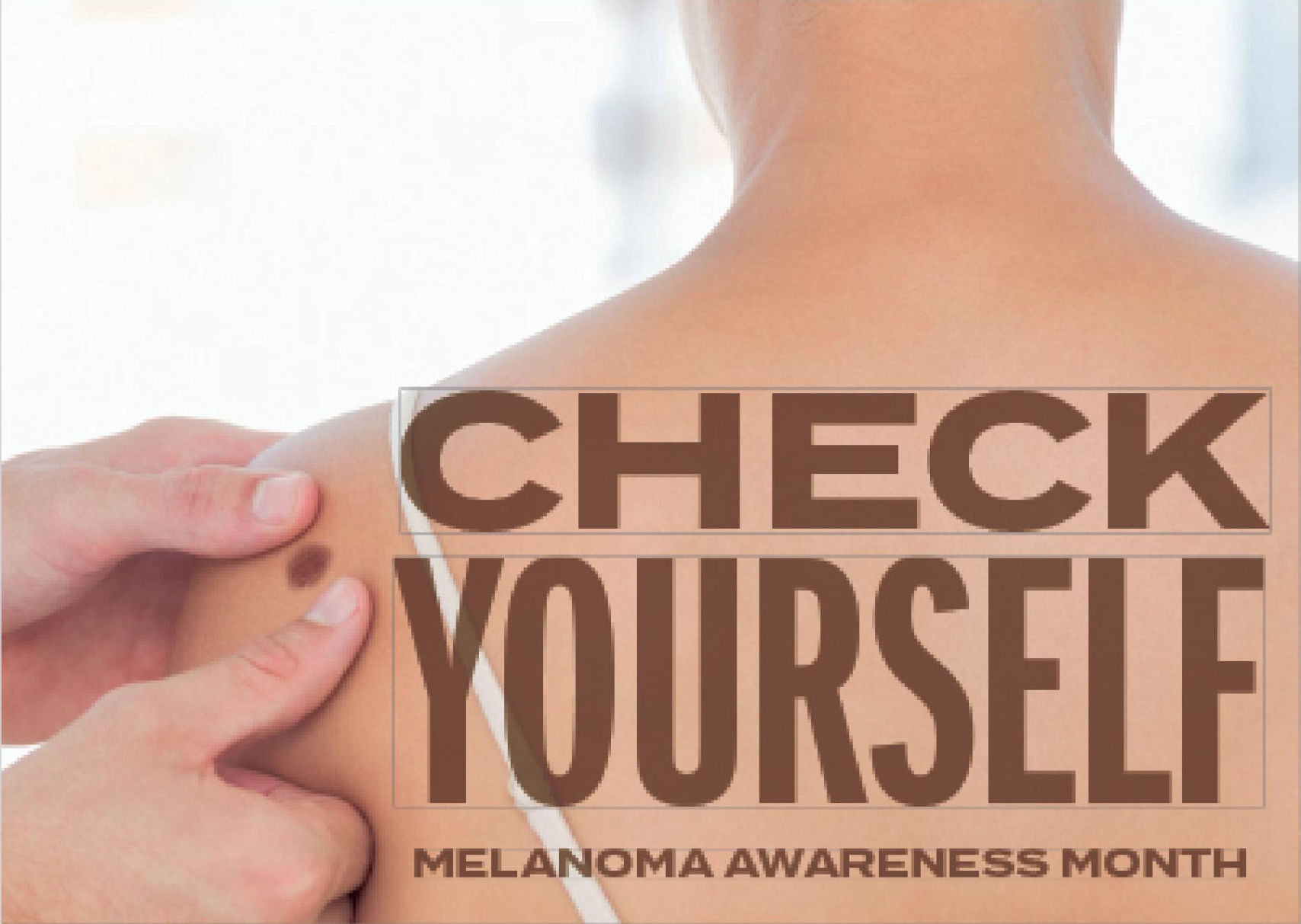
Herman Sullivan
April 25, 2019
Bloom into spring skin: How to identify and treat the symptoms of rosacea
April 25, 2019The temperatures are already heating up here in the south and we have started to adventure outside for more fun in the aim! But are you doing everything possible to protect the largest organ in your body: your akin!
May is Melanoma Awareness Mourn, and SLMA Dermatology Clinic is pleased to bring yon complimentary skin cancer screenings. SLMA board certified dermatologists. Drs, Alexis Duke and Mark Neal will perform exposed skin screenings on May U from 1 to 4 p.m. at the SLMA Dermatology Clinic at 12 Professional Drive in Houma.
Skin cancer is the most common cancer in the United States, and it is estimated that nearly 9,500 people in the U.S. are diagnosed with skin cancer every day. In 2018, approximately 9,300 deaths will be attributed to melanoma but skin cancer, including melanoma, is highly treatable when detected early.
“Melanomas are a type of cancer that most commonly occur in the skin said Duke. “It develops in the calls that produce pigment in the skin, hair and eyes. Approximately 90 percent of cases are believed to be connected to UV exposure. This exposure can come from natural sources, like sunlight, or artificial ones, like tanning beds,”
Although skin cancer can affect anyone of any age, males and people over the age of 50 are at an increased risk. Other risk factors include smoking, having a family history of skin cancer, a high mole count, fair skin and significant exposure to sunlight or indoor tanning beds.
“Moat skin cancers are curable if they are detected early enough, and that’s why we encourage anyone who has these risk factors to receive a yearly akin screen,” said Dr. Mark Neal
The most important preventative measure is protecting your skin from excessive UV exposure. Although other risk factors also contribute to your chances for developing akin cancer, UV exposure is the only one you can control and is thought to be the crucial factor in most cases of skin cancer. Dr. Duke recommends taking these steps to help protect your skin:
• Apply sunscreen with an SPF of at least 30 to exposed skin throughout the year
• Wear clothing that covers your akin
• Wear sunglasses and a wide-brimmed hat
• Seek shade during periods when the sun is the mo at intense from 10a.m. to 4 p m.
• Be extra careful around water and sand which reflect the sun’s rays and increase your risk of sunburn
• Avoid sunburns, particularly severe ones
• Don’t use tanning beds or lie out in the sun to tan
• Watch for medications that increase the skin’s sensitivity to sun.
You should perform self-examinations monthly and see your dermatologist once a year for a skin examination. When performing skin checks, it’s a helpful to follow the ABCDB rule:
• Asymmetry – The two aides of the mole or spot don’t match
• Border – The edges are ragged, blurred, notched or irregular
• Color – The color isn’t uniform and may include more than one shade of brown or black or other colors like red, pink, blue or white
• Diameter-The mole or spot is larger than K inch across, about the width of a pencil eraser
• Evolving – The mole or spot changes in color, shape or size
If you notice anything unusual or concerning about a mole or other spot on your akin, talk to your doctor about it The ABODE rule is a great way to help you notice unusual areas but not all melanomas fit the pattern, so it’s important to discuss anything you discover that concerns you with your dermatologist or primary care physician
For more information and to register for the event, please call
965-863-1810.









